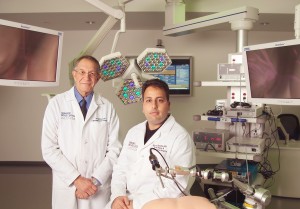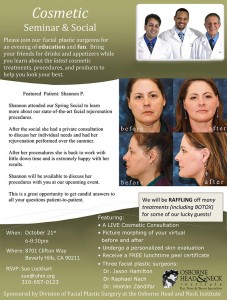- Folded Ear in Newborns: Treatment Options - April 11, 2018
- Newborn Ear Deformity: What Can Be Done? - April 11, 2018
- Ear Molding: An Overview - November 2, 2017
- Otoplasty for Protruding Ears - September 26, 2017
- Basal Cell Carcinoma: Facial Reconstruction Timing - September 26, 2017
- Clinical Considerations of Mohs Reconstruction of Cheek Defect - September 26, 2017
- Basal Cell Carcinoma: Nasal Bridge Reconstruction - September 26, 2017
- Skin Cancers Involving the Eyebrow: Clinical Considerations - October 3, 2016
- Treatment of Multiple Skin Cancer Lesions - June 1, 2016
- Skin Cancer: Nasal Reconstruction and Scar Management - June 1, 2016
- Hereditary Hemorrhagic Telangiectasia - May 25, 2016
- Hereditary Hemorrhagic Telangiectasia: Septal Perforation and Nose Bleeds - May 23, 2016
- Hereditary Hemorrhagic Telangiectasia: Epistaxis and Septal Perforation - May 18, 2016
- Wegener’s Granulomatosis: Autoimmune Disease and Multi-Focal Septal Perforation - May 9, 2016
- Kyle Korver: Facial Injury and Nasal Fracture - March 24, 2015
- Russell Westbrook: Facial Injury and Surgery - March 5, 2015
- Mega-perforation: Pushing the Limits of Septal Perforation Repair - November 26, 2014
- Septoplasty Complication and Septal Perforation - November 24, 2014
- Nose Picking (Rhinotillexis) and Septal Perforations: Why I should stop picking my nose…? - November 24, 2014
- Nasal Fractures, Septal Hematoma, and Septal Perforation: Simultaneous Rhinoplasty and Septal Perforation Repair - October 1, 2014
Question: I had trauma to my face and am bruised around my eye but my vision is normal. Does this mean I don’t have an orbital fracture?
Orbital fractures or fractures of the bones that comprise they eye-ball socket are exceedingly common, especially following facial trauma to the areas of the eye or cheekbone. Because of initial swelling and the location of the orbital bones, it is not easy for patients to determine if they have fractured these bones. Symptoms of a fracture are not always noticeable and are sometimes absent altogether.
Case Report
A 51-year-old male was playing basketball when he was elbowed in the side of the face. He immediately noticed a crunch sound and had a depression on the side of his cheek. His exam showed a depression of the left cheek. He had no double vision, pain with eye movement, or change in his vision. At this point a Zygomatico-maxillary complex (ZMC) fracture was suspected. A CT scan was obtained to determine the extent of the fracture. The CT scan revealed that the floor of the orbit had been pushed into the orbit. It had come within millimeters of the eye ball.
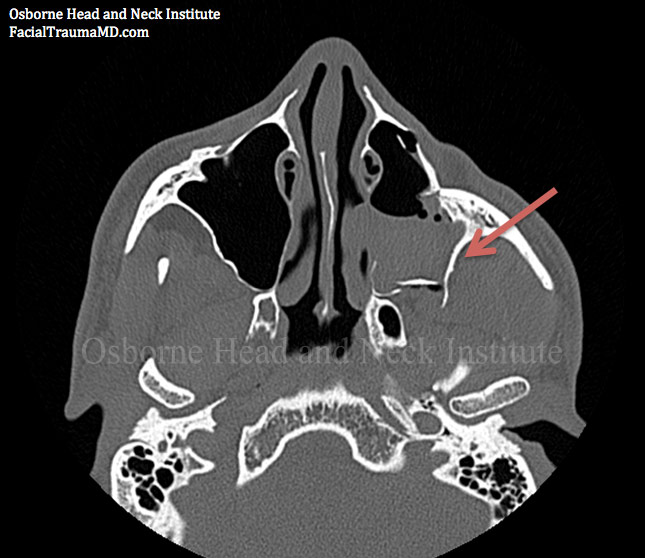
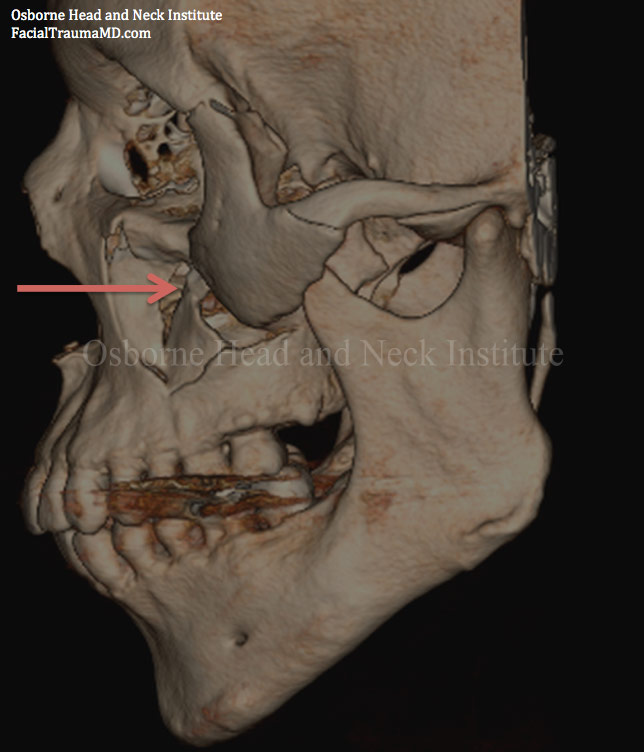
Figures 1 and 2: The top 2 figures show the ZMC fracture on a CT scan with 3-D reconstruction
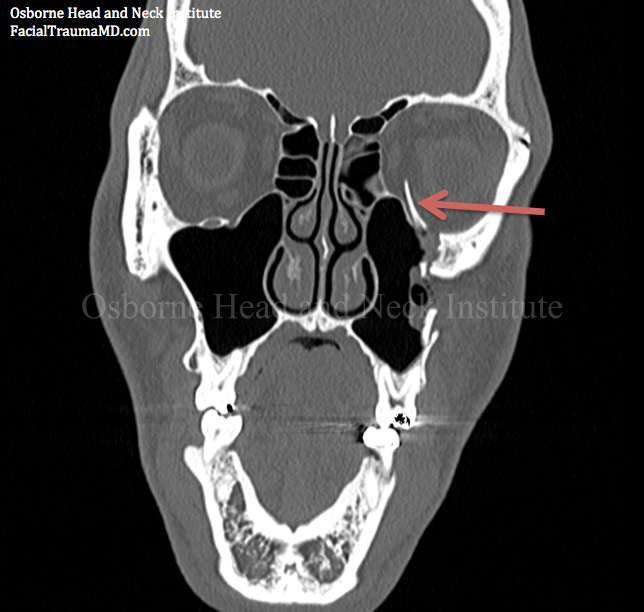
Figure 3: This figure shows the floor of the orbit being pushed up in to the orbit and nearly hitting the eyeball
This case demonstrates that normal vision or the absence of obvious symptoms does not mean that you do not have an orbital fracture. Although it is true that most patients suffering from a blow out fracture of the orbit exhibit some degree of vision changes, such as double vision, it is possible to have normal vision with this type of a fracture. Therefore, if you have sustained trauma to your face, you should promptly seek evaluation from a facial trauma specialist to ensure there is no serious fracture.
To learn more about Dr. Hootan Zandifar and nasal fracture repair, please visit www.FacialTraumaMD.com.

